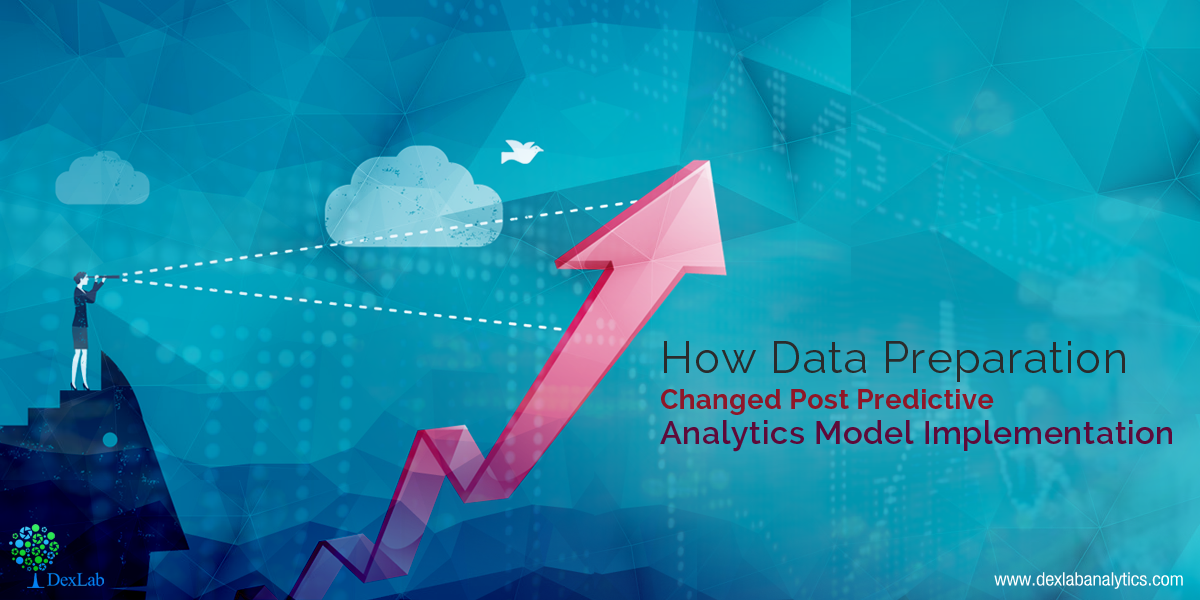Data scientists assembling predictive models and formulating machine learning algorithms need to spare more time on data preparation work upfront than is required in traditional analytics applications.
In today’s business sphere, the drive to structure big data architectures that would stand on predictive analytics models, data mining and machine learning applications is fast modifying the pattern of the data pipeline, along with the data preparation steps necessary to fuel it.
“We used to live in a very straightforward world where data moved in one direction — it was a data flow into a data warehouse,” Dave Wells, veteran industry analyst and independent consultant said.
“Now we have data warehouses, data lakes and data scientists’ sandboxes. There are many sources, and they’re processed in many ways. And the data pipelines now are multidirectional,” he further added.
The nature of predictive analytics has altered the manner analysts’ deal with data, according to Jin On, a seasoned data scientist working for Geneia LLC – a company powered by experienced healthcare change agents developing analytic and technology solutions to improve healthcare industry. “At the beginning of my career, the [analytical] models I built out were more about descriptive statistics,” On said. “You’d ask a strict question about how many people have diabetes and get a blatant answer.”
But, predictive modeling is a lot more different, she stated. In here, one has to look at the real data first and check what it’s saying about the attributes and then start analyzing. Hence, for this type of analytics, you need creativity.
Play more with the data to suit requirements
Machine Learning is another realm that falls under On’s work jurisdiction, and it often requires the raw data to be maintained just the way it is so that it can be filtered in numerous ways to meet respective analytical needs. According to her, after assessing the nature of the available data, the following step is to peep at the types of machine learning algorithms to enhance the accuracy of the model’s planned predictions.
On’s data requirements may vary with the various machine learning algorithms, as she uses SAS software for building predictive models and data preparation. She noted, “You have to go back into data preparation in that case to tweak the data so it works with a particular algorithm,” she added. “That’s one reason I want to [examine] my data first, before I start exploring it.”
How to Determine the Size of a SAS Data Set – @Dexlabanalytics.
Good for me, Bad for you
For Eric King, CEO of The Modeling Agency LLC – novel approaches to data preparation are indispensable to boost advanced analytics needs. In fact, one of the computing field’s most tested and proved concepts may need some reworking – GIGO, Garbage in, Garbage out – which means the users can never derive great results out of bad data. He stated, one it was all about GIGO, but now the data atmosphere is changing and predictive analytics is the new king of the empire.
The ABC of Summary Statistics and T Tests in SAS – @Dexlabanalytics.
It’s all about knowing your data better
Understand your data, try to perceive what it wants to speak. You can’t skip this step – you must get to the bottom of your data, in order to create a great predictive model. This is also one of the major reasons because of which you can’t just dump data into an algorithm or a software application to harness positive results.
However, it is easier to solve the issues present in the data. Remember, all data is nasty, it rests on the skills of the analysts to sharpen them and turn them productive.
Now, to become a suave data analyst, what would be the first thing to do? Select the best SAS analytics training and give the big push to a great career! DexLab Analytics, with its coolest SAS courses is here to fulfill all your aspirations. Drop by us today!
Interested in a career in Data Analyst?
To learn more about Machine Learning Using Python and Spark – click here.
To learn more about Data Analyst with Advanced excel course – click here.
To learn more about Data Analyst with SAS Course – click here.
To learn more about Data Analyst with R Course – click here.
To learn more about Big Data Course – click here.
sas certification, Sas course, SAS training courses, Sas training institute

